In any event, one of the titles I see streeting today is none other than 1986's The Wraith. This one sprang from the imagination of Mike Marvin, who wrote and directed it as only his second big budget production. It stars a young Charlie Sheen, the beautiful Sherilyn Fenn, the reliable Clint Howard, and a host of other folks big and small. It screened theatrically, but I don't recall this one making any big noise at the domestic box office. Seems to me it kinda/sorta came-and-went pretty quickly.
If I remember correctly, I first saw this one on pay cable back in the day. It was the sort of release that did find some buzz there at the time -- seems to me it played endlessly for a short time -- largely riding on the back of Sheen's positive press. I don't remember it all that much -- seemed like a teen-set, high-tech revamping of 1985's Pale Rider (with Clint Eastwood) where a mysterious 'man from beyond' came back looking for vengeance upon those who'd done him wrong whilst he was flesh and blood. I do remember liking the car -- it was some experimental souped-up sport model that gave Charlie what he needed to get the job done.
So there you go. This isn't the film's first release on home video (I think I did some reading yesterday and found that even most of the special features for this release have been ported over from an earlier one), but if it's of interest to you then hop over to Amazon.com and make yourself a purchase. Great price, if you can get it.
As always, thanks for reading ... and live long and prosper!
-- EZ



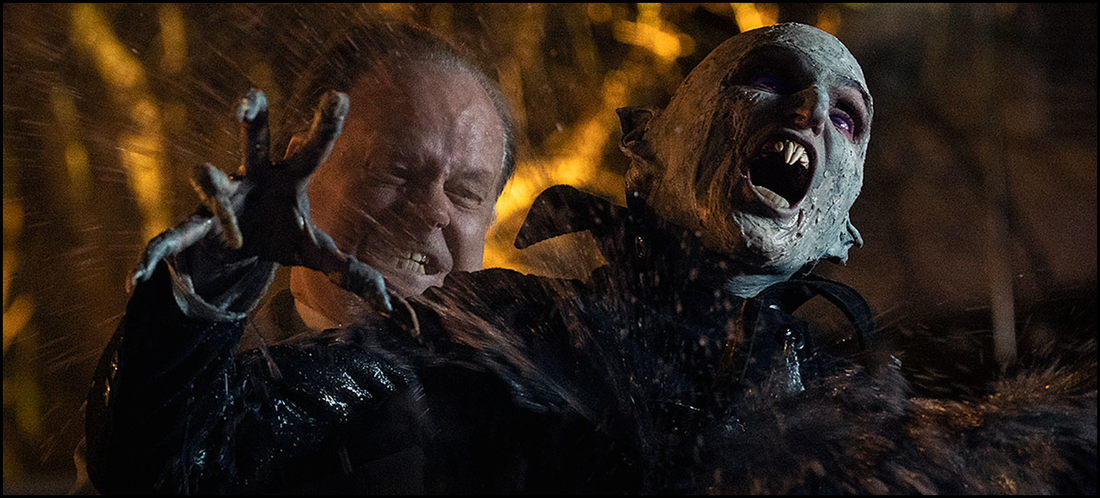
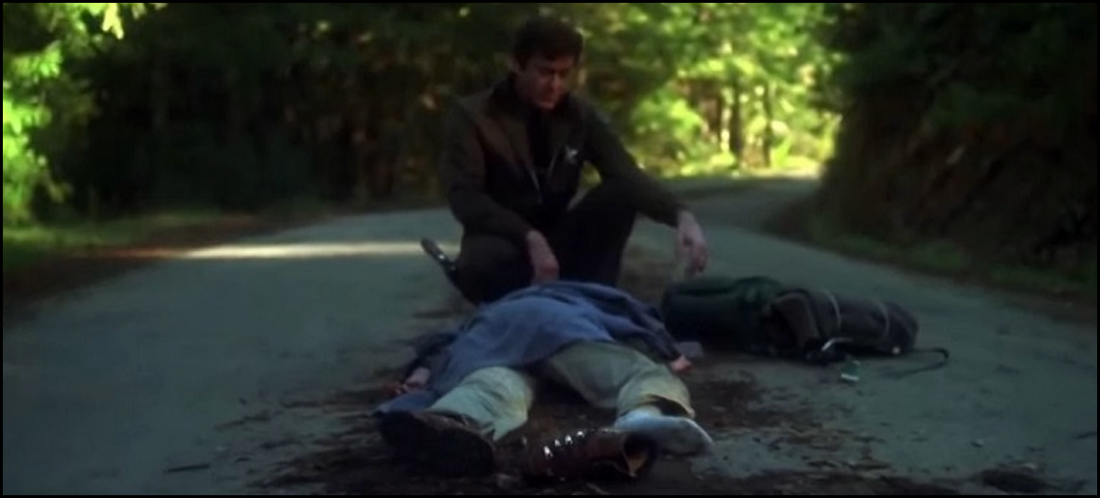
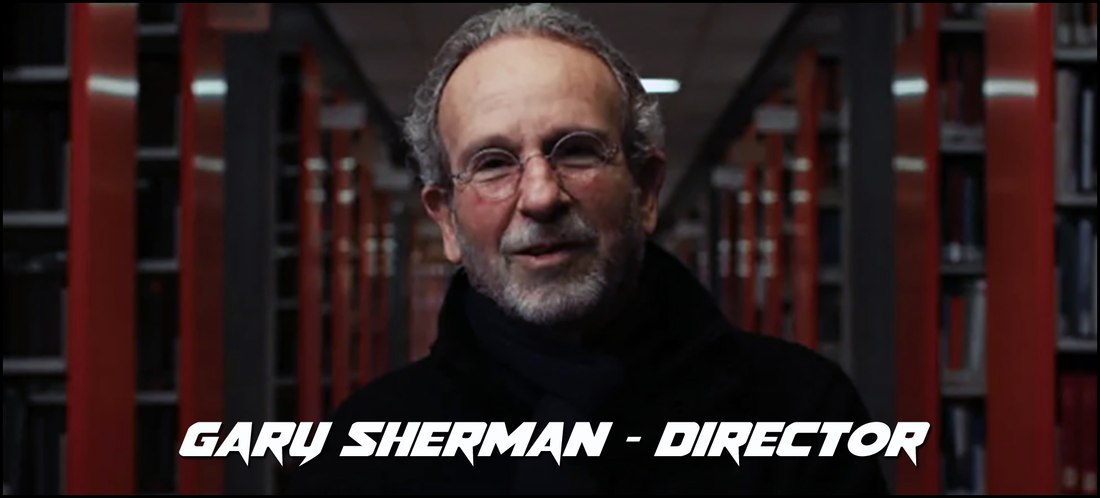
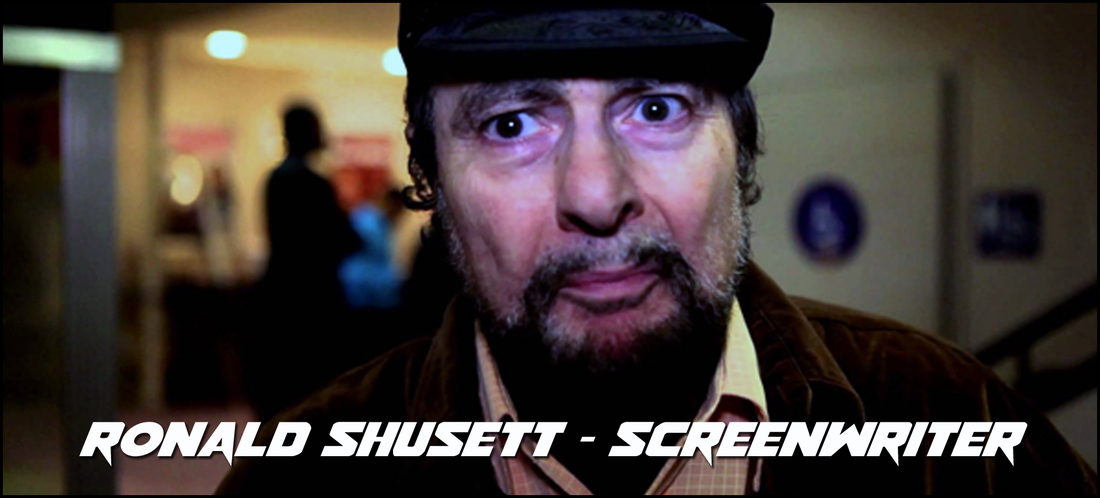
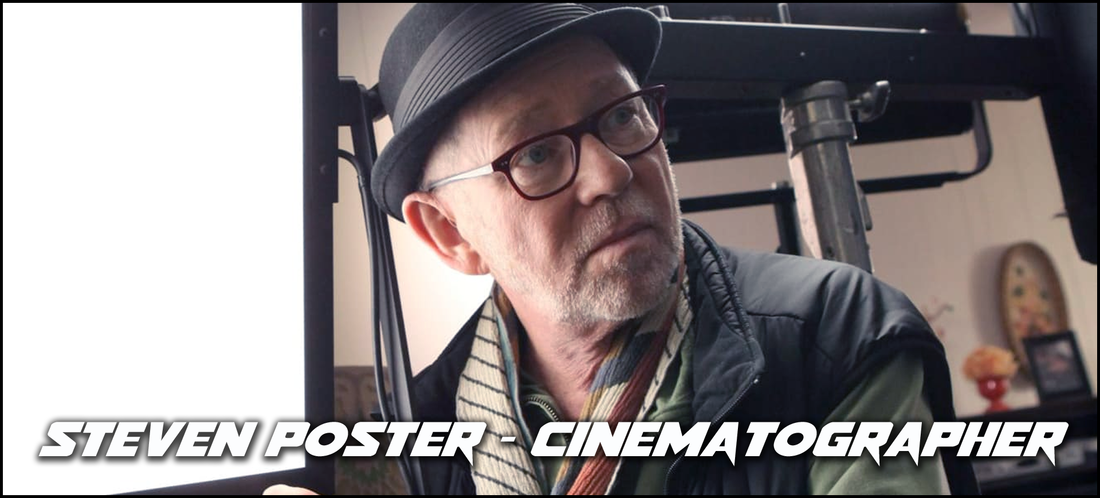
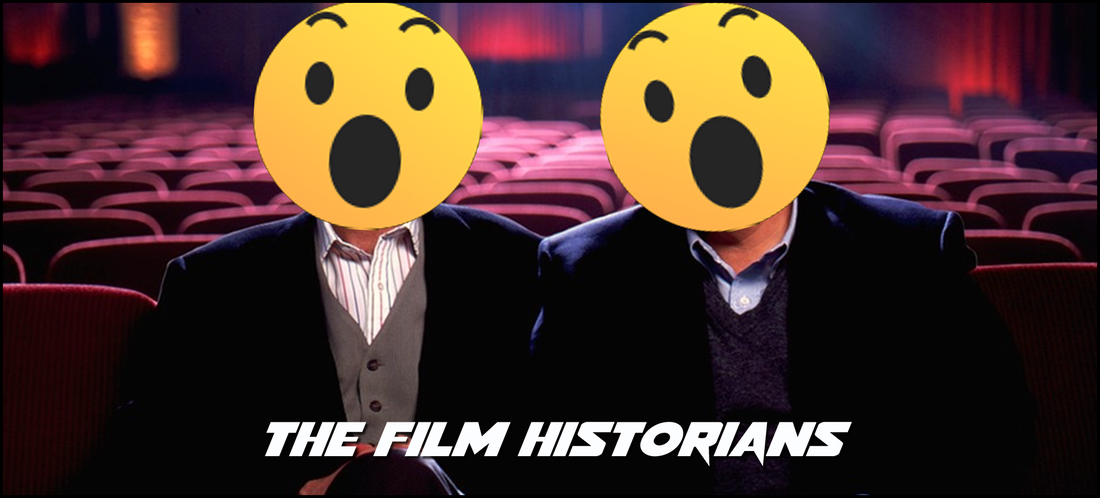
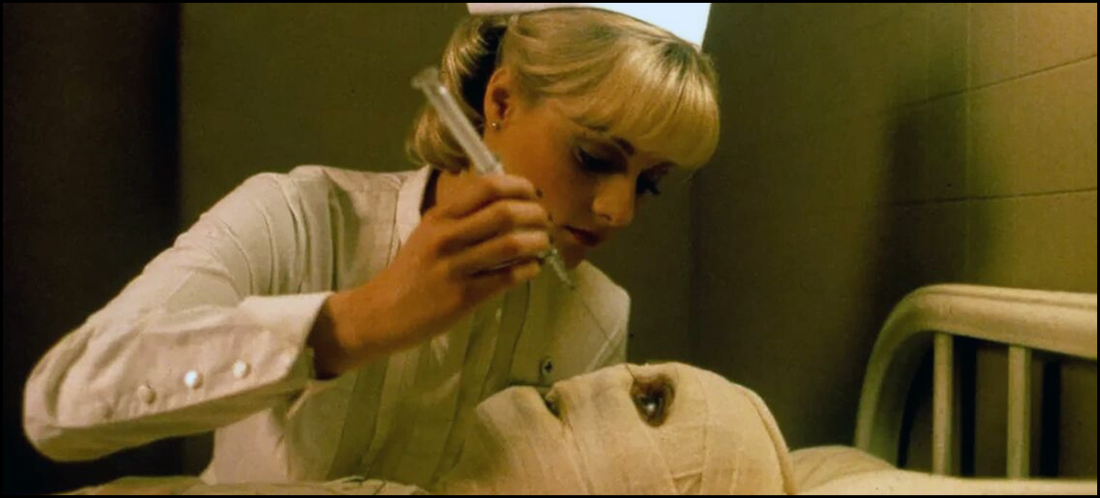
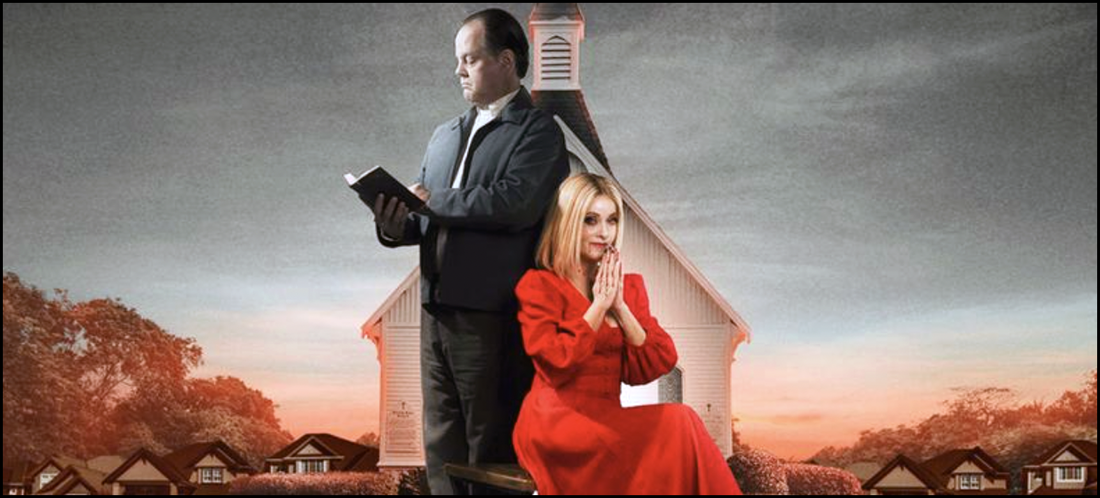
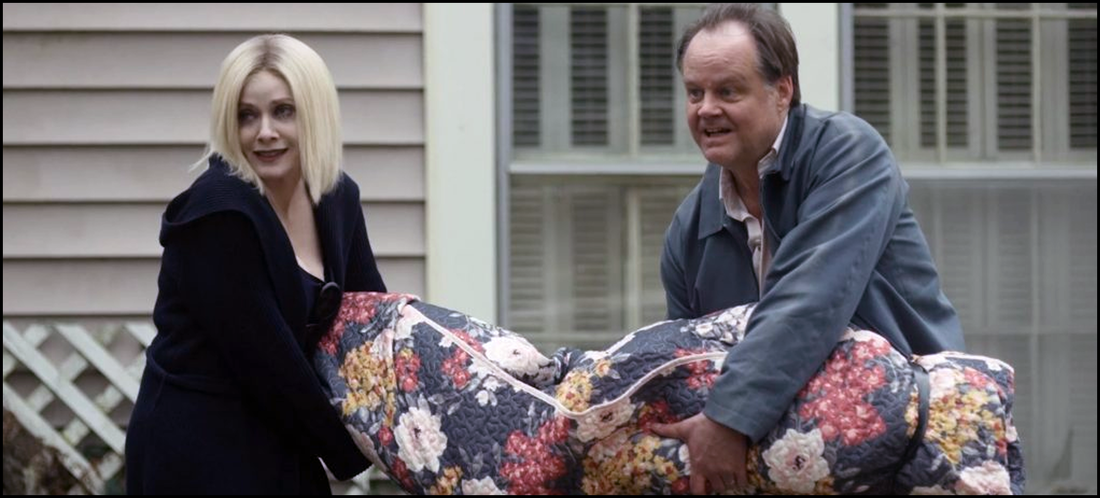
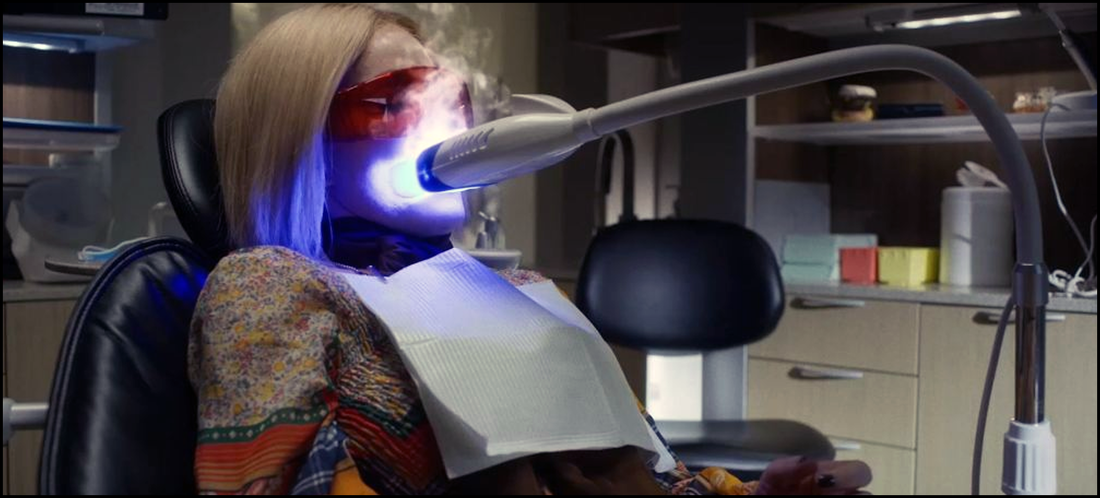
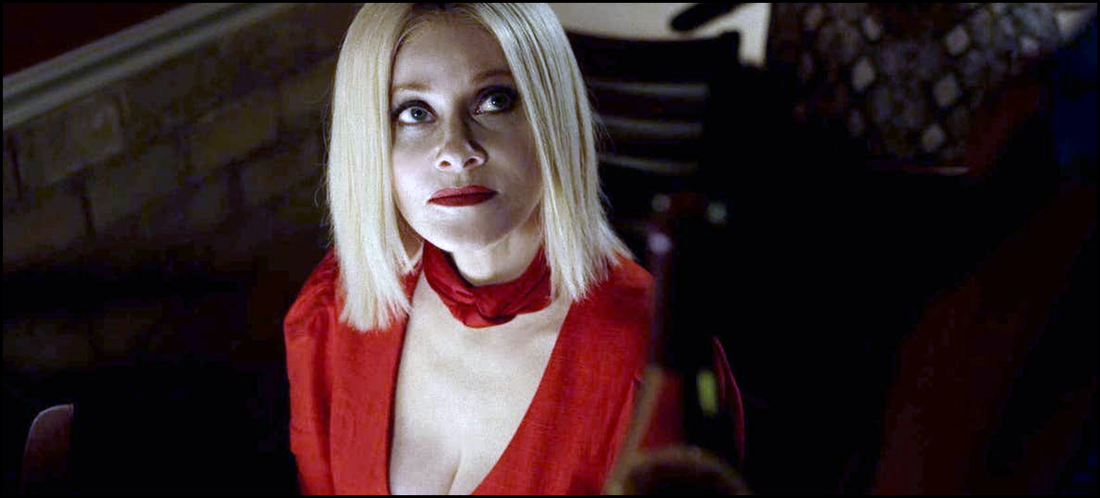
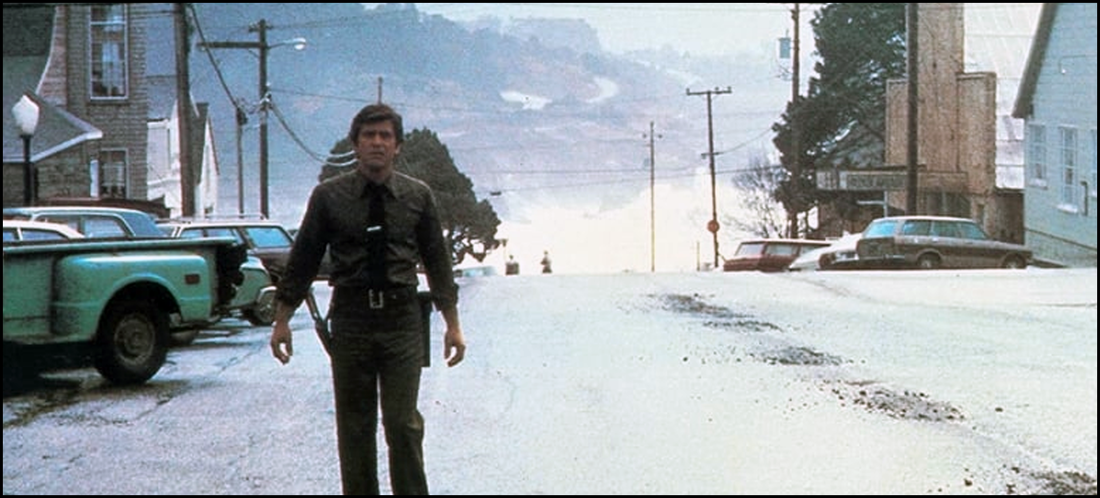
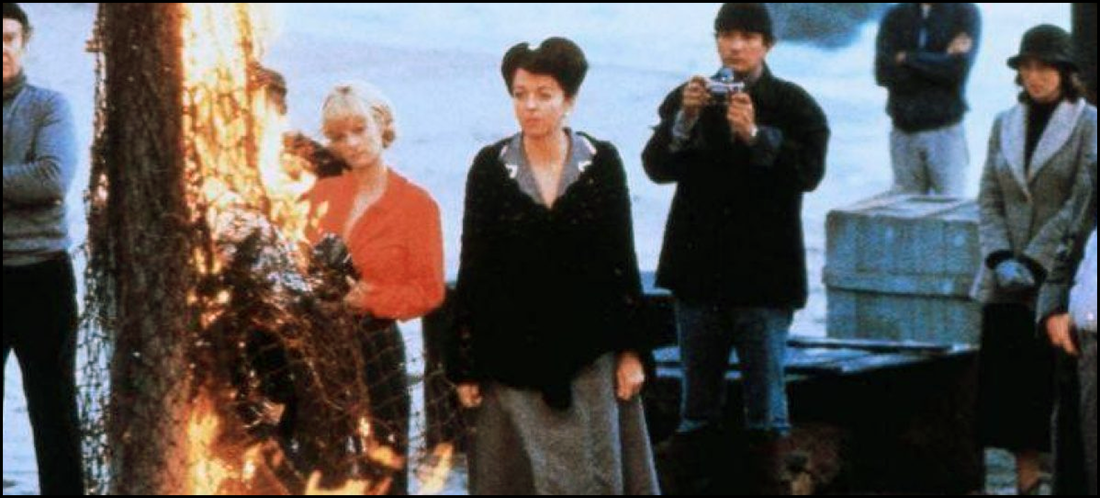
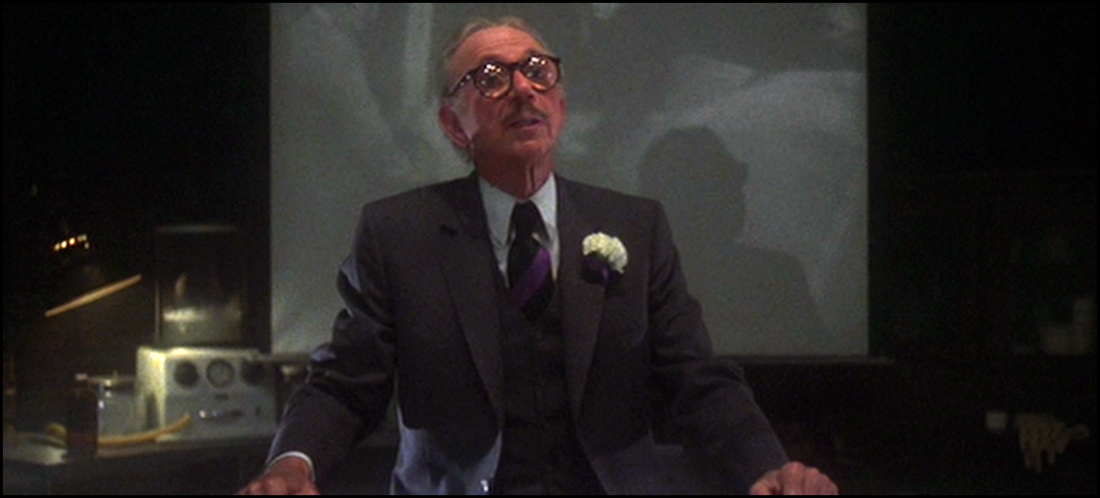
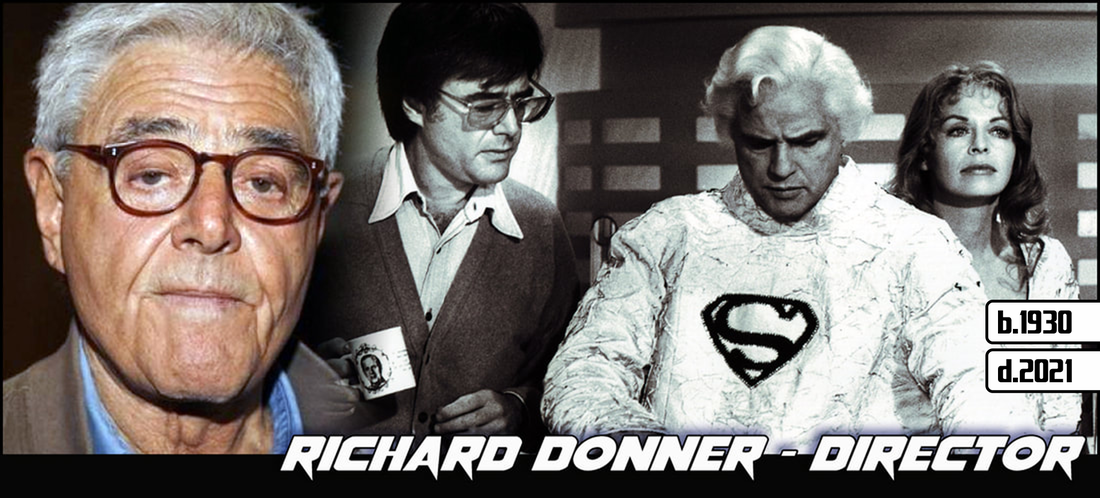
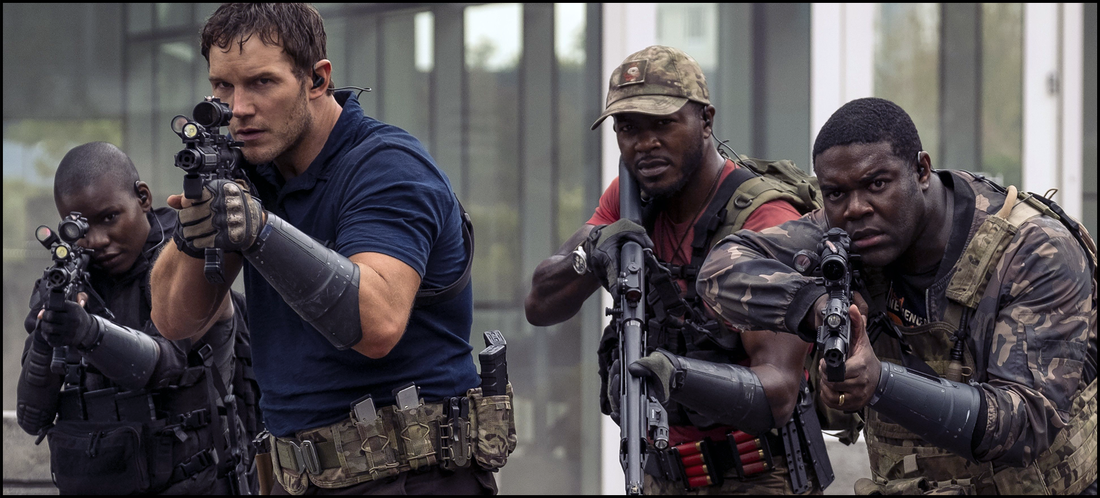
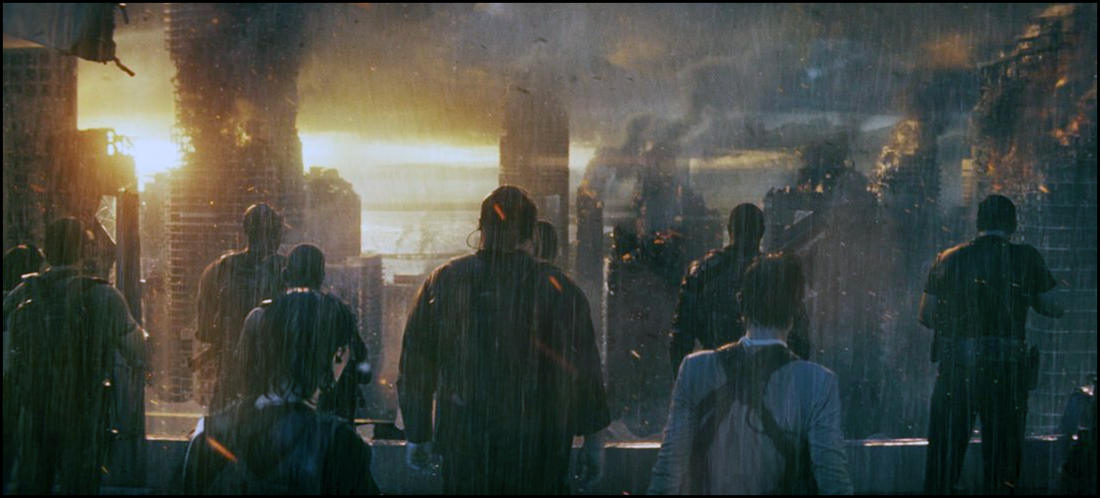
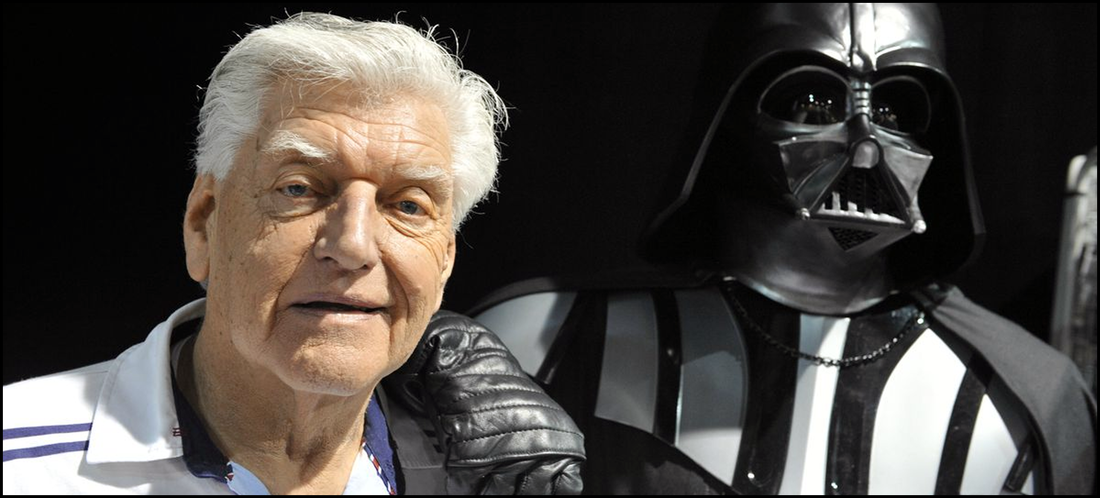
 RSS Feed
RSS Feed